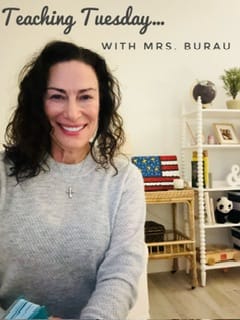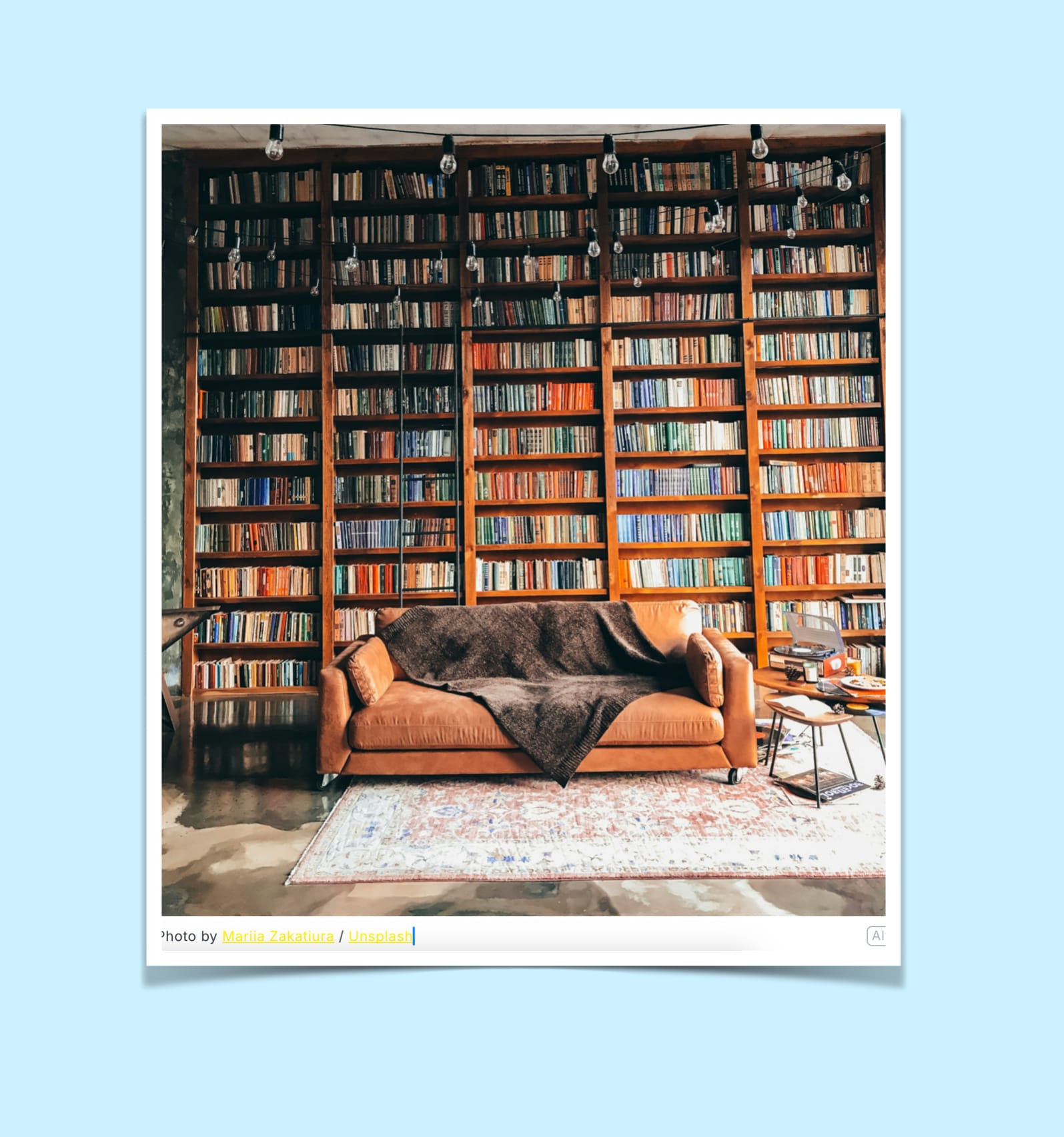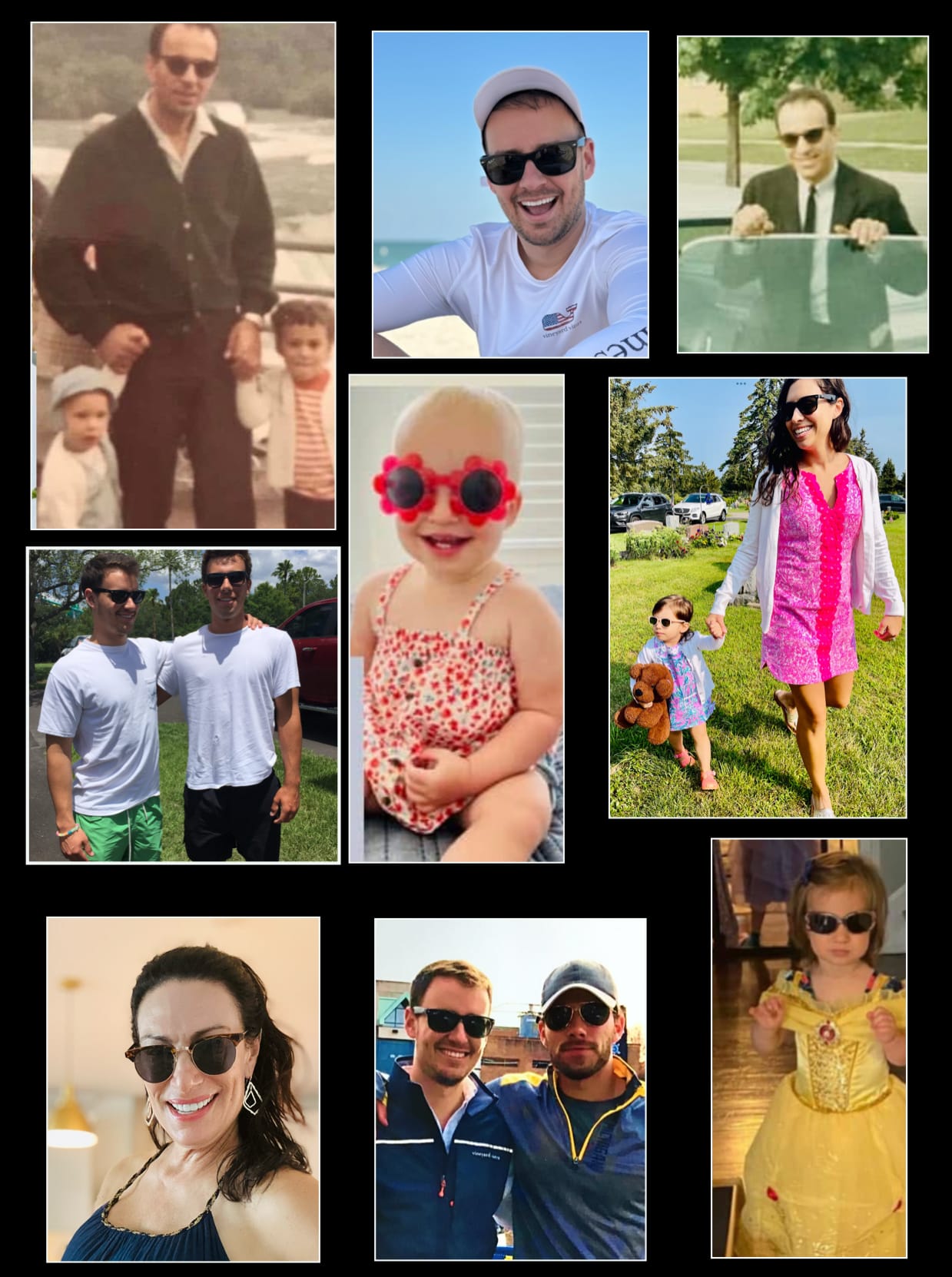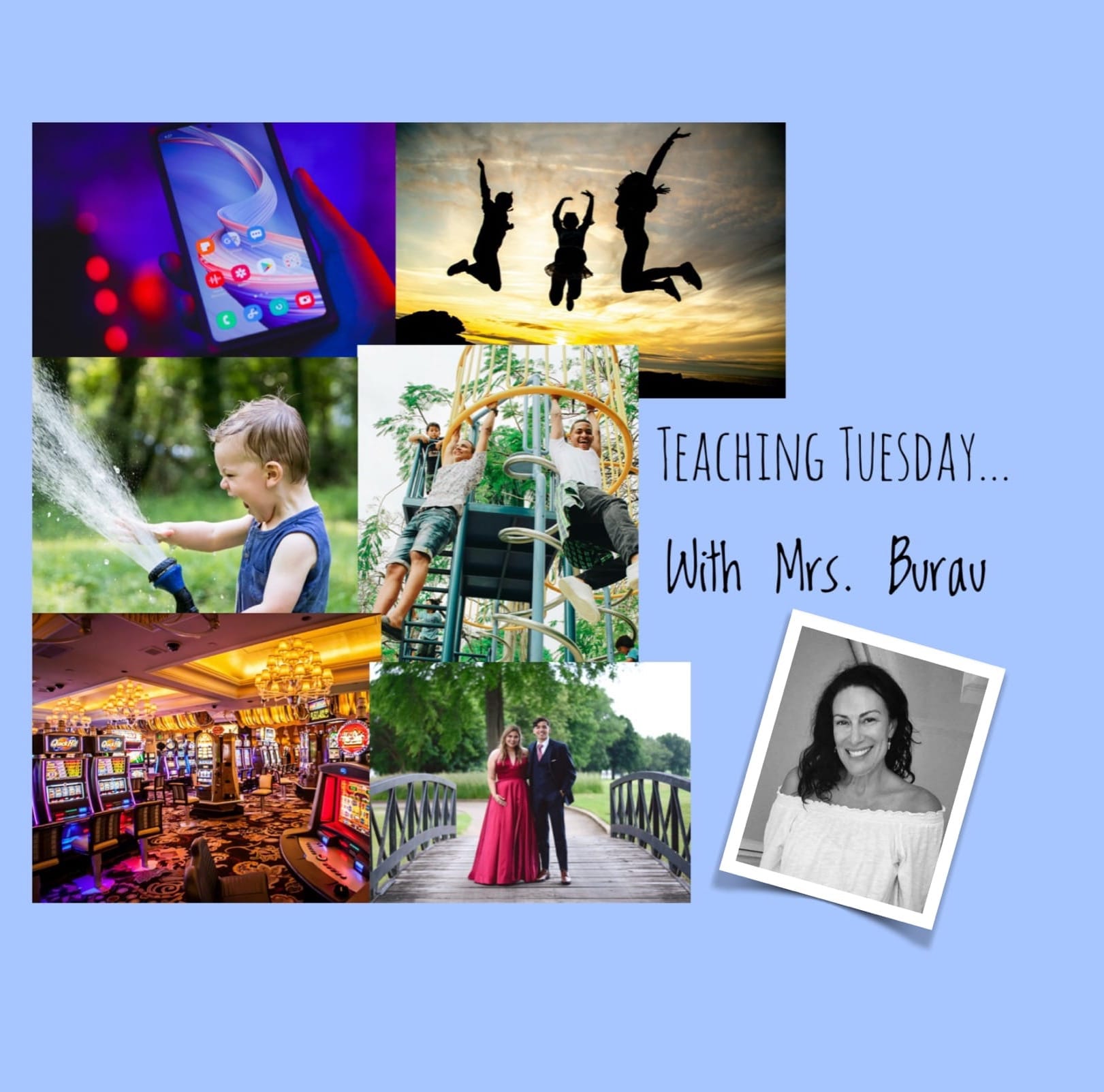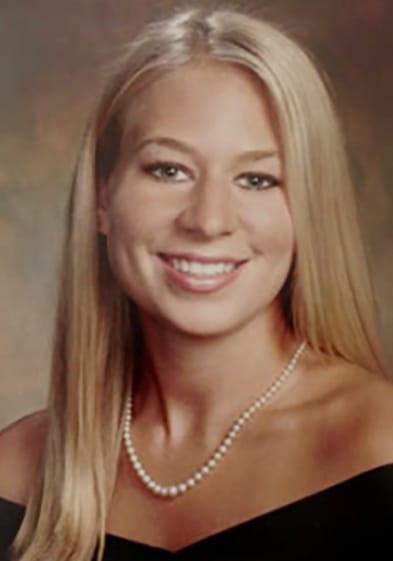Do you ever think about your earliest memories of school or books? I do and I remember many details from the time I was a student at Reid Elementary School in Grand Blanc, Michigan. I remember my mat for nap time from kindergarten. It was blue on one side and red on the other. I remember my very young kindergarten teacher, Mrs. Bartow and I remember our principal, Mr. Brocklehurst, a very kind older gentleman. I have my fondest memories of trips to the library where Mrs. Baba, Lillian Baba, our Reid School librarian, always had good recommendations of books to read. I remember one day in probably third grade when I went to the library looking for my next book to read for a book report and Mrs. Baba asked me if I would be interested in a biography because there was a new biography about Helen Keller. I didn’t know who Helen Keller was. She started to tell me about her as we walked to the shelf, where the biographies were. She handed me the green hard cover book, that had a picture of a younger Helen Keller on it. I remember writing the book report on it when I completed the book and I got “C” on the report because all through the book report, I referred to Helen Keller is being “death,” rather than deaf. That’s a big detail to get wrong and I did it through the whole book report so the teacher was absolutely right to give me a C (I should have had my Mom look it over before I turned it in). Anyway, I didn’t know what a biography was before reading the Helen Keller book. Mrs. Baba explained to me that biography is a true book about a person.
While working at the McFarlan Library during high school, I learned a lot about books and how they are organized in the library. Do your children know how the library is organized? It’s good for them to know the difference between fiction and non-fiction as well as biographies, and autobiographies. Do they know what the Dewey decimal system is? Let’s go…
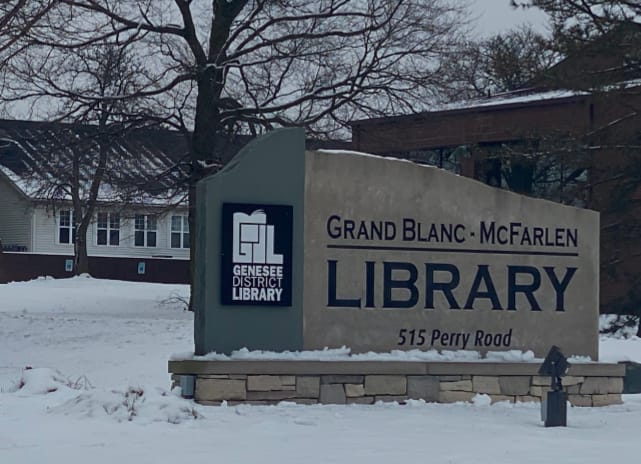
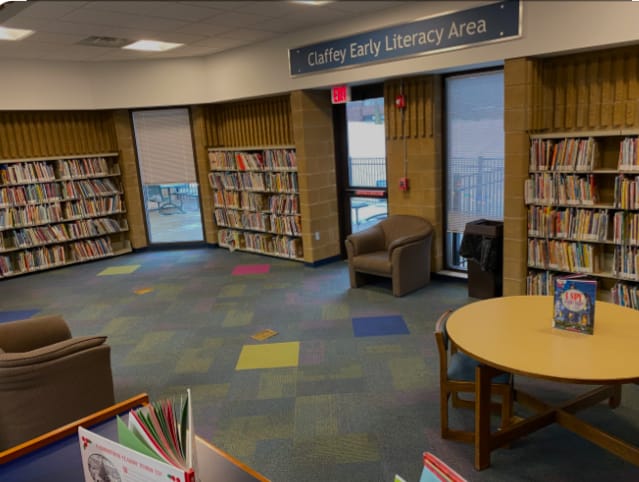
Here is the McFarlan Library in Grand Blanc, Michigan on Perry Road and here is the Children’s Room.
To begin with, books are divided into Fiction and Non-Fiction. Fiction refers to stories that are not true, books such as the Harry Potter series and the Series of Unfortunate Events. Fictional books are organized according to the author’s last name. so the Harry Potter books would be under R for Rowling, JK. Non-fiction books are factual books. These books are organized according to the Dewey Decimal system, named Melville Dewey, first recognized for his system in 1876 and he was the person who came up with this system of numbers to organize books. In his book about the Dewey Decimal System, he acknowledges that he looked at how other library systems throughout the world and based on those, came up with his own. These numbers are referred to as “Call Numbers.” These numbers are placed on the book’s spine so that they can be seen when the book is on the shelf. I remember from my days shelving books that 150 is Psychology, Cookbooks are 641.5 and within these numbers are more specific subjects such. As different areas of Psychology would be 150.5 and so on and same with cookbooks, all in the 641 area by a different decimal point would be different types of cooking. Usually on a wall or in a section next to the non-fiction books are the Biographies, which actually ARE non-fiction books. Biographies are books about people and Auto-biographies are biographies where the biography is written by the person themself. Non fiction books would refer to books on airplanes, cookbooks, history books and so on.
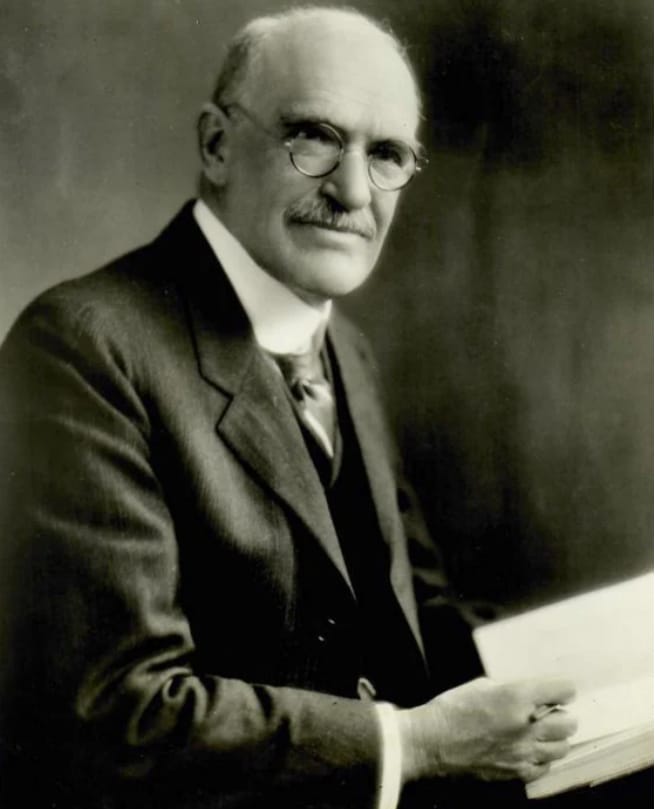
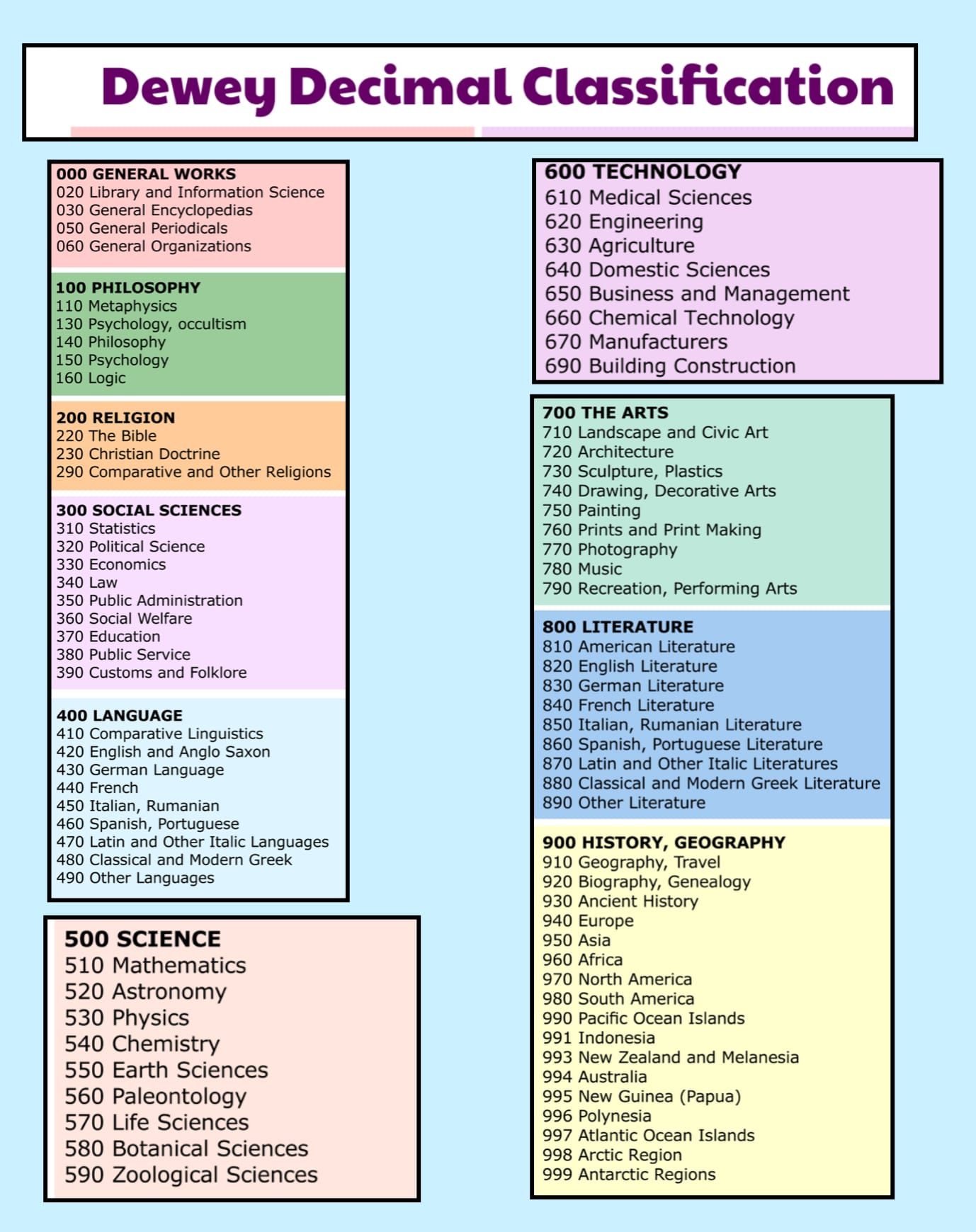
Melville Dewey is the librarian who devised the Dewey Decimal System, which is still used today in most school & public libraries throughout the United States.
As I mentioned earlier, a biography (Including autobiographies) is a book about a person. In a library, they are usually set apart from the other books and they are organized according to the person they are about’s last name. For example, the book Mrs. Baba found about Helen Keller, was on the shelf in “K” for Keller, Helen. Most libraries, aside from school libraries, have a Children’s section, room or floor. In the children’s section you will find, Biographies.
It’s good for children to know their way around a library. Of course a librarian or other staff are always around to help, it’s good for everyone to know how the library is set up. As I was growing up, in addition to checking books out from the school library, we were weekly visitors to the Grand Blanc, McFarlan Library. One Saturday I remember leaving with an armload of books about England, Scotland, and Ireland. Those travel books later inspired a study abroad program in London when I was a student at the University of Michigan in Ann Arbor. Before moving to Grand Blanc, I attended Story Hour at Freeman Elementary School in Flint. Most libraries host events for children and adults.
If you are not familiar with Libby it is the Ap for the public libraries. Through Libby, you can reserve books and also checkout audio and digital books. It’s available in the Ap Store and you connect the Ap to your library card. It’s incredible. Before you sign up for an Audio subscription, checkout Libby. Hoopla is the Library platform for music and movies, also an Ap and it worked the same as Libby. Inquire at your local library.
Checkout YOUR local library. You just might be surprised by how much their is to offer and how inspired you and your children might be. Books can introduce a child to people and places they might never know. To leave with an arm full of books to pour over for a week or two is a good thing. They may come across a topic or subject they would have never known otherwise. Like me and the biography of Helen Keller. (Did you know she was “death?”)
Possibly leading to many…Great Days 🍎
